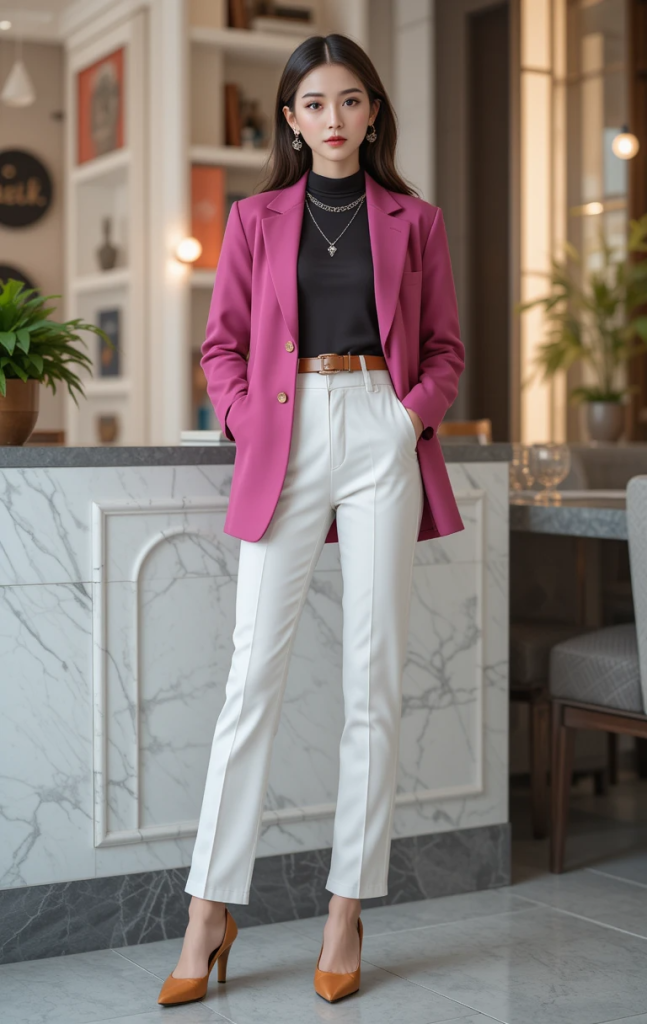
In an era where environmental conservation is more critical than ever, individuals and organizations are increasingly seeking ways to minimize their ecological footprint. While large-scale initiatives and policy changes are essential, personal responsibility also plays a significant role in protecting the planet. One often-overlooked aspect of conservation is the gear we use—whether for outdoor adventures, daily life, or professional fieldwork. The right equipment can not only enhance our experiences but also help safeguard the environment. This article explores innovative and eco-friendly gear designed to support conservation efforts, reduce waste, and promote sustainable practices.

The Intersection of Gear and Conservation
Outdoor enthusiasts, scientists, and conservationists rely on specialized equipment to navigate and study natural environments. However, traditional gear often comes with a hidden cost: environmental degradation. From non-biodegradable materials to energy-intensive manufacturing processes, the production and disposal of outdoor equipment can contribute to pollution, habitat destruction, and climate change.

Fortunately, a growing number of companies are prioritizing sustainability, creating gear that aligns with conservation goals. These products are designed to minimize harm to the environment while maintaining functionality and durability. By choosing eco-conscious gear, individuals can actively participate in conservation efforts, even in small but meaningful ways.

Eco-Friendly Materials: The Foundation of Sustainable Gear
The materials used in outdoor and conservation gear are a critical factor in determining its environmental impact. Traditional materials like petroleum-based plastics and synthetic fabrics often take hundreds of years to decompose and release harmful microplastics into ecosystems. In contrast, sustainable gear relies on innovative materials that are biodegradable, recyclable, or derived from renewable resources.

- Recycled Fabrics: Many companies now use recycled materials, such as polyester made from plastic bottles or nylon derived from fishing nets. These fabrics reduce waste and decrease the demand for virgin resources. For example, Patagonia’s NetPlus® collection uses recycled fishing nets to create durable outdoor gear.
- Plant-Based Alternatives: Materials like hemp, organic cotton, and bamboo are gaining popularity for their low environmental impact. Hemp, in particular, requires minimal water and no pesticides, making it an excellent choice for sustainable clothing and accessories.
- Biodegradable Plastics: Innovations in bioplastics, made from cornstarch, algae, or other plant-based sources, offer a greener alternative to traditional plastics. These materials break down more quickly and safely in the environment.
- Natural Rubber: Unlike synthetic rubber, which is derived from petroleum, natural rubber is a renewable resource harvested from rubber trees. It’s commonly used in eco-friendly footwear and waterproof gear.

Gear for Every Conservation Need
Whether you’re a hiker, a wildlife researcher, or simply someone who wants to reduce their environmental impact, there’s sustainable gear for every purpose. Below are some categories of conservation-focused equipment and examples of products that stand out.

1. Sustainable Outdoor Apparel
Clothing is one of the most essential pieces of gear for outdoor activities, and sustainable options are now widely available. Brands like Patagonia, prAna, and Tentree prioritize eco-friendly materials and ethical manufacturing practices. Look for items made from recycled fabrics, organic cotton, or Tencel, a biodegradable fabric derived from wood pulp.

- Example: The Patagonia Nano Puff Jacket is made from 100% recycled materials and provides excellent insulation for cold-weather adventures.

2. Eco-Friendly Footwear
Footwear is another area where sustainability is making strides. Many companies are creating shoes from recycled materials, natural rubber, and even mushroom leather. These options reduce waste and avoid harmful chemicals used in traditional shoe production.

- Example: Allbirds’ Wool Runners are made from merino wool and sugarcane-based foam, offering a comfortable and sustainable option for everyday wear.
3. Reusable Water Bottles and Filters

Single-use plastic bottles are a major contributor to pollution, especially in natural environments. Reusable water bottles and portable filters are essential for reducing plastic waste while ensuring access to clean water.

- Example: The LifeStraw Go Water Filter Bottle combines a reusable bottle with a built-in filter, allowing users to safely drink from natural water sources.
4. Solar-Powered Gear
Harnessing solar energy is a powerful way to reduce reliance on fossil fuels. Solar-powered chargers, lanterns, and backpacks are ideal for outdoor enthusiasts who want to stay connected while minimizing their environmental impact.

- Example: The Goal Zero Nomad 7 Solar Panel is a portable charger that uses solar energy to power devices, making it perfect for off-grid adventures.
5. Biodegradable Camping Supplies

Camping gear, such as utensils, plates, and trash bags, often ends up in landfills or natural habitats. Biodegradable alternatives break down naturally, reducing long-term environmental harm.
- Example: BioPak’s compostable plates and cutlery are made from plant-based materials and can be composted after use.

6. Wildlife-Friendly Equipment
For researchers and conservationists, specialized gear is essential for studying and protecting wildlife. Eco-friendly options include biodegradable tracking tags, non-toxic field markers, and solar-powered cameras.

- Example: The Bushnell NatureView Cameras are solar-powered and designed to minimize disturbance to wildlife while capturing high-quality images.
7. Zero-Waste Travel Accessories

Travelers can also contribute to conservation by using zero-waste accessories, such as reusable toiletry containers, bamboo toothbrushes, and cloth shopping bags.
- Example: The EcoTools Bamboo Hair Brush is made from sustainable bamboo and recycled materials, offering a greener alternative to plastic brushes.

The Role of Durability and Repairability
Sustainability isn’t just about the materials used; it’s also about the lifespan of the product. Durable gear that can withstand years of use reduces the need for frequent replacements, thereby minimizing waste. Additionally, repairable products extend their lifespan even further.

Brands like Fjällräven and Osprey emphasize durability and offer repair services for their products. For example, Fjällräven’s iconic Kånken backpack is made from durable Vinylon F fabric and can be repaired at authorized service centers. Similarly, Osprey’s All Mighty Guarantee ensures that their backpacks and luggage can be repaired or replaced, reducing the need for new purchases.
Supporting Ethical Brands
Choosing sustainable gear also means supporting companies that prioritize ethical practices. Look for brands that are transparent about their supply chains, use fair labor practices, and contribute to environmental causes. Certifications like Fair Trade, B Corp, and Bluesign can help identify companies committed to sustainability and social responsibility.
The Bigger Picture: Gear as a Tool for Advocacy
While eco-friendly gear is a step in the right direction, it’s important to remember that conservation is a collective effort. The gear we choose can serve as a conversation starter, inspiring others to consider their environmental impact. By sharing our experiences with sustainable products and advocating for responsible consumption, we can amplify the impact of our individual choices.
Outfitting for conservation is about more than just having the right tools—it’s about making mindful choices that align with our values. From sustainable materials to ethical brands, the gear we use can play a significant role in protecting the environment. By investing in eco-friendly equipment, we not only enhance our own experiences but also contribute to a healthier planet for future generations. As the demand for sustainable gear continues to grow, we can look forward to even more innovative solutions that bridge the gap between adventure and conservation. So, the next time you gear up for an outdoor excursion or a day in the field, remember that your choices matter. Together, we can outfit ourselves for a brighter, greener future.



